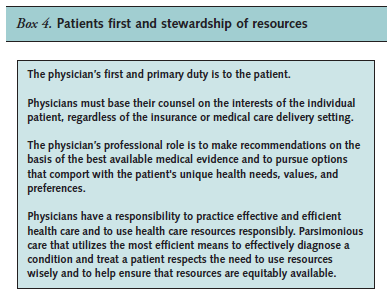In 1793, Georges-Francois Danton led a Committee of Public Safety to ensure application of the revolutionary ideals of Liberté, Egalité, Fraternité. In the months that followed, the so-called Reign of Terror, the committee sent to the guillotine thousands of individuals deemed to be a threat to the French Revolution.
The bulk of the offenders were initially identified from among the aristocracy and the clergy, but it soon became necessary to also purify the revolutionary ranks from the less ardent supporters of rhetoric. Soon enough, Danton himself was condemned to the same end that so many before him had met.
The heart.org issued a news report about Dr. John Wang, a Maryland doctor who was part of a safety committee, the Technical Advisory group on Oversight of Percutaneous Coronary Intervention, tasked by the Maryland Health care Commission (MHCC) with “stopping improper stenting in Maryland.”
According to the report, Wang himself is accused of “improper stenting in his own practice,” and the Society of Cardiac Angiography and Intervention (SCAI) and the Maryland Chapter of the American College of Cardiology (ACC) criticized Wang’s committee for “not going far enough” in ensuring that “all citizens of Maryland are afforded equal, high quality healthcare.”
The MHCC, ACC, SCAI and countless committees, commissions, and task forces around the country are fervently working to ensure application of the modern medical ideals of Quality, Equality, and Appropriateness.
May the just God protect us all from the zeal coming out of utopian ideologies.
Update 2015: A couple of years ago, the New Yorker magazine published a terrific piece by cardiologist Lisa Rosenbaum on the very topic of improper stenting. It can be found here.






